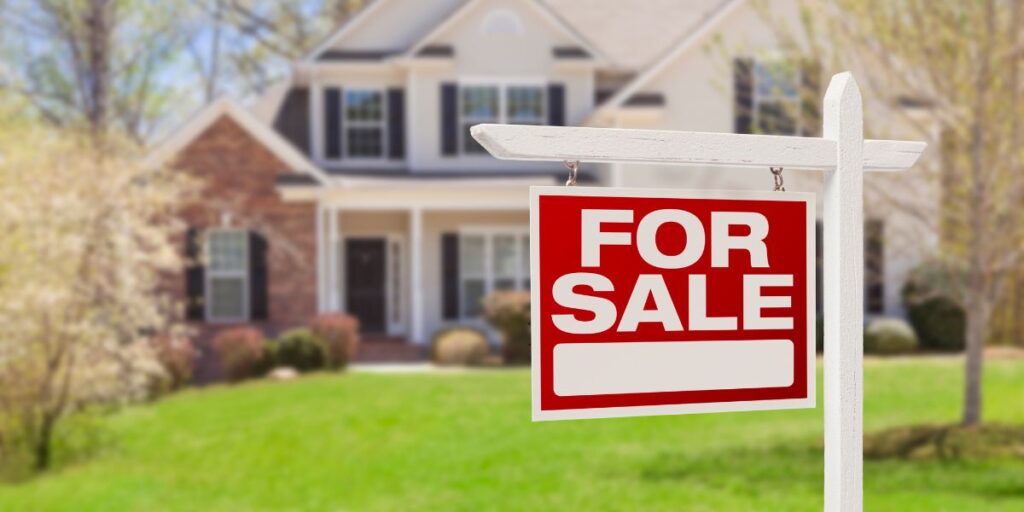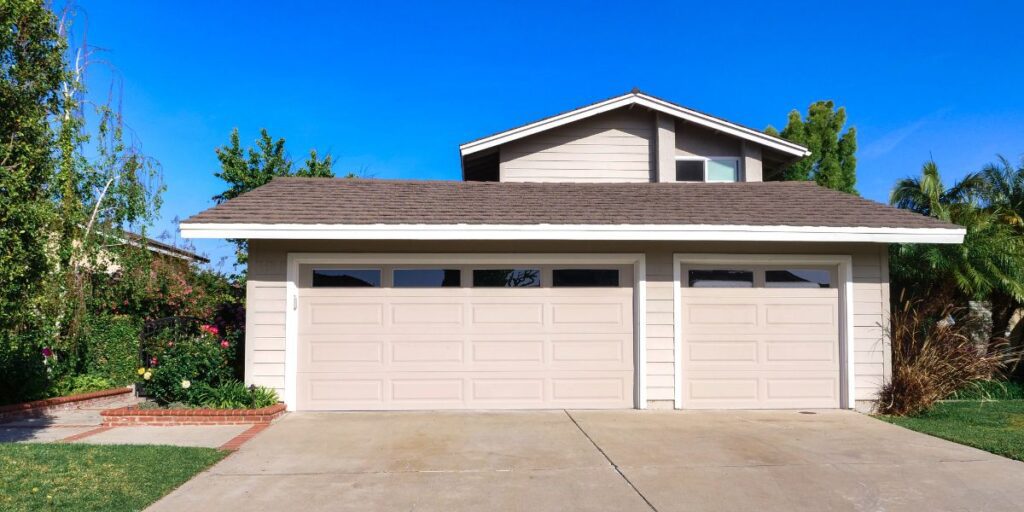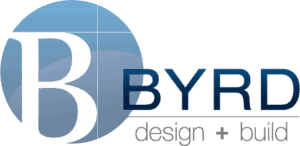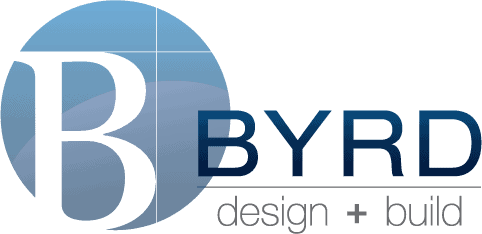Adding a garage to your home is more than just an architectural addition; it’s a significant upgrade to your lifestyle and property. This comprehensive guide will delve into the essentials of planning and designing your garage addition, ensuring that every aspect is professionally addressed to enhance both functionality and property value.
Overview of Garage Additions
Garage additions come in various forms, such as attached, detached, and even multi-functional spaces that can serve as workshops, storage areas, or additional living quarters. Each type offers unique benefits and can be tailored to suit the specific needs and style of your home.
Importance of Adding a Garage
Incorporating a garage into your property is not just about providing shelter for your vehicles; it’s a strategic decision that adds immense value in several ways:
- Enhanced Property Value: A well-designed garage addition can significantly increase your home’s market value. This is particularly true for homes initially lacking a garage space.
- Improved Functionality and Convenience: Garages offer convenient access to vehicles, additional storage space, and can even function as a workshop or hobby area.
- Aesthetic Appeal: A garage that complements your home’s architecture enhances its overall curb appeal.
Potential Benefits: Increased Property Value and Utility
The potential benefits of adding a garage to your property are multifaceted:
- Increased Resale Value: Homes with garages often have a higher resale value than those without.
- Additional Living Space: When designed efficiently, garages can double as extra living spaces, such as guest rooms or home offices.
- Utility and Storage: A garage provides ample space for not just vehicle storage, but also for tools, lawn equipment, and seasonal items, helping to keep your home clutter-free.
Embarking on a garage addition project requires thoughtful planning and design to ensure that the end result aligns with your lifestyle and enhances your property’s functionality and value. For comprehensive guidance on the fundamentals of garage planning and design, consider exploring additional resources like CAD Detail’s Blog on integrating energy-efficient products into your garage.

Understanding Your Needs and Preferences
When planning a garage addition, comprehending your specific needs and preferences is crucial for a project that enhances your lifestyle and property. This stage involves critical decision-making regarding the type of garage, size, and design that best suits your home.
Attached vs. Detached Garages: Pros and Cons for Lifestyle and Property
Attached Garages offer the convenience of direct access to your home, which is particularly beneficial in harsh weather conditions. They can also be more cost-effective, as they utilize one wall shared with the house, reducing construction materials. However, they may limit design options and placement on your property.
- Pros: Enhanced convenience, potentially lower construction costs.
- Cons: Limited design flexibility, possible security concerns.
Detached Garages, on the other hand, provide more freedom in terms of design and location, allowing for a variety of uses beyond vehicle storage, such as workshops or guest houses. They can also minimize noise and exhaust fumes entering the home. You can check out inspiration for detached garages on The Spruce.
- Pros: Greater design and location flexibility, reduced noise and pollution in the home.
- Cons: Higher construction costs, less convenience in adverse weather.
Size Requirements: Determining the Right Size for Your Needs
The size of your garage should be determined by several factors, including the number of vehicles you plan to store and the intended use of the space. Consider future needs as well, such as additional vehicles or the desire for a workshop or storage area.
- Single-Car Garage: Typically requires a minimum of 12×20 feet.
- Two-Car Garage: Generally needs at least 20×20 feet.
- Three-Car Garage and Beyond: Sizes can vary significantly, with a starting point of around 32×22 feet for three vehicles.
Remember, additional space may be necessary for storage, a workbench, or if you plan to use the garage for other purposes.
Design Considerations: Style, Materials, and Aesthetic Alignment with the House
The design of your garage should not only be functional but also complement the architectural style of your home. Material choices, from siding to roofing, play a significant role in achieving a cohesive look. Consider these elements:
- Style: Whether traditional, contemporary, or rustic, the garage should reflect the overall aesthetic of your house.
- Materials: Use materials that match or complement your home’s exterior. Consistency in materials can unify the property’s appearance.
- Customization: Features like windows, doors, and lighting should align with the home’s design, ensuring the garage feels like an extension of your home, not an afterthought.
Crafting a garage addition that suits your personal and property needs involves thoughtful consideration of these factors. By focusing on the type of garage, the size, and design elements that align with your home’s style, you can ensure a seamless blend of functionality and aesthetic appeal.
Planning Your Garage Addition
The journey to adding a garage to your property involves several critical steps, from selecting the right contractor to navigating the complexities of permits and zoning laws. This phase is pivotal in ensuring your garage not only meets your current needs but is also poised for future adaptability.
Hiring a Contractor: Tips for Finding the Right Professional
Selecting the right contractor is paramount to the success of your garage addition project. Here are key considerations:
- Experience and Specialization: Look for a contractor with extensive experience in garage constructions or additions. Their specialization in this area ensures they’re familiar with the specific challenges and requirements.
- Reputation and References: Check reviews, ask for references, and conduct interviews. A reputable contractor will have a track record of satisfied clients and successful projects.
- Licensing and Insurance: Ensure they are licensed to work in your area and carry insurance. This protects you against liability and ensures they meet professional standards.
For in-depth tips on hiring the right contractor, resources like HomeAdvisor can be invaluable.
Permit Process and Zoning Laws: Navigating Legal Requirements
Understanding and adhering to local zoning laws and obtaining the necessary permits are crucial steps that cannot be overlooked. Considerations include:
- Local Zoning Ordinances: These regulations dictate how a property can be used, affecting the size, placement, and type of garage you can build.
- Permit Application: The process can vary by location, but generally requires submitting detailed plans and specifications for review by local authorities.
Navigating these legalities can be complex, and the guidance found on The Spruce offers a comprehensive overview of the permit process.
Budgeting and Cost Estimation: Factors Affecting Costs and Budgeting Tips
Budgeting accurately for your garage addition involves understanding the various factors that influence overall costs:
- Size and Complexity: Larger or more complex designs naturally entail higher costs.
- Materials: The quality and type of materials chosen can significantly impact the budget.
- Labor: Costs can vary based on the contractor and region.
Incorporating a contingency fund for unforeseen expenses is also a wise budgeting strategy.
Designing for Flexibility and Future Needs: Adaptable Design for Changing Needs
Ensuring your garage is adaptable for future needs is essential. Consider:
- Expandable Layouts: Design your garage with the potential for expansion or modification in mind.
- Multipurpose Use: Incorporate elements that allow the space to serve multiple functions, such as a workshop, storage, or even a living area.
- Technological Readiness: Plan for the integration of future technologies, such as electric vehicle charging stations or smart home systems.
Designing with flexibility ensures your garage remains a valuable and functional aspect of your home through changing life stages and technological advancements.
In summary, careful planning, from hiring the right contractor to designing with future flexibility in mind, sets the foundation for a garage addition that enhances your property’s value and functionality. Each step, guided by professional advice and adherence to legal requirements, paves the way for a successful project.

Innovative Garage Addition Ideas
When contemplating a garage addition, integrating innovative ideas can significantly enhance both the functionality and value of your home. From eco-friendly features to creative uses of space and advanced security, each element can transform a simple garage into a multifaceted extension of your living area.
Eco-Friendly and Smart Features: Sustainable Materials, Energy Efficiency, and Smart Technology Integration
Incorporating eco-friendly and smart features into your garage addition not only contributes to environmental sustainability but also enhances convenience and efficiency. Consider the following:
- Sustainable Materials: Opt for recycled, locally sourced, or sustainable building materials to minimize environmental impact.
- Energy Efficiency: Install energy-efficient lighting, insulation, and windows. These features reduce energy consumption and can significantly lower utility bills.
- Smart Technology: Smart garage door openers, security cameras, and lighting systems can be controlled remotely, offering both convenience and enhanced security.
For insights on integrating energy-efficient solutions in your design, Energy Star is an invaluable resource.
Creative Use of Space: Ideas for Workshops, Gyms, Extra Living Space, etc.
Maximizing the utility of your garage space by accommodating multiple functions can significantly increase its value. Consider these creative uses:
- Workshops: A well-organized workshop area for hobbies or DIY projects, equipped with ample storage and workbench space.
- Home Gyms: An exercise area with durable flooring, mirrors, and adequate ventilation.
- Extra Living Space: Convert part of the garage into a guest room, home office, or entertainment area, complete with heating and cooling for year-round use.
Designing your garage with multipurpose functionality in mind ensures that the space can evolve with your changing needs.
Security Enhancements: Advanced Security Systems and Features
Enhancing your garage’s security protects not only your vehicles and equipment but also your home. Advanced security features to consider include:
- High-Quality Door Locks: Invest in robust locking mechanisms for both the garage doors and any entry points to the house.
- Security Cameras: Install cameras with motion detection and night vision capabilities for round-the-clock surveillance.
- Alarm Systems: A comprehensive alarm system can deter intruders and alert you to any unauthorized access.
For the latest in smart home security technology, exploring offerings from leading brands can provide you with a range of options tailored to your needs.
By embracing innovative ideas in your garage addition, you create a space that is not only functional and secure but also environmentally responsible and adaptable to future advancements in technology and lifestyle changes.
Adding Value to Your Home
ROI of Garage Additions: How a Garage Can Increase Property Value
Adding a garage to your home is a strategic investment that can significantly boost your property’s value. The return on investment (ROI) for garage additions varies but often presents a substantial increase in property value, especially in neighborhoods where parking is at a premium. Highlighting this aspect can be particularly enticing for prospective homebuyers looking for convenience and additional space.
Matching Garage with Home’s Architecture: Ensuring Cohesive Design
A garage that complements the architectural style of your house not only enhances its functionality but also its curb appeal. Ensuring a cohesive design involves matching roofing, siding, and architectural details to create a seamless extension of your home. This attention to detail can make the garage feel like an integral part of the overall property rather than an afterthought.
Landscaping and External Aesthetics: Enhancing Curb Appeal
The exterior aesthetics and landscaping around the garage play a crucial role in enhancing your home’s curb appeal. Consider incorporating native plants, decorative stones, and outdoor lighting to create an inviting entrance. Thoughtful landscaping can transform a utilitarian space into a beautiful and functional area that complements your home’s overall aesthetic.
FAQs
What is the Best Time of Year to Build a Garage?
The best time to build a garage often depends on your local climate. Generally, spring and summer provide the most favorable weather conditions for construction projects. However, scheduling your project during the off-peak season might offer cost benefits and more availability from contractors.
How Do Attached and Detached Garages Impact Property Value?
Both attached and detached garages can increase property value, but their impact varies based on the homeowner’s needs and the property’s existing layout. Attached garages offer convenience and are often preferred in colder climates, while detached garages provide flexibility in use and design, potentially serving as workshops or guest spaces.
What are the Key Considerations for Garage Size and Layout?
The key considerations for garage size and layout include:
- The number of vehicles and their sizes.
- The need for additional storage or workspace.
- Future usability and potential conversion into living space. Designing for adaptability can maximize the utility and value of the garage addition.
How Can I Make My Garage Addition Eco-Friendly?
Making your garage addition eco-friendly involves using sustainable building materials, installing energy-efficient windows and doors, and considering the addition of solar panels or a green roof. These features not only reduce your environmental footprint but can also improve energy efficiency and reduce long-term costs.
What Are Some Creative Ways to Use My Garage Space?
Beyond vehicle storage, garages can be creatively utilized as:
- Home gyms or yoga studios.
- Workshops for hobbies or DIY projects.
- Additional living spaces, such as guest rooms or home offices.
- Entertainment areas with home theaters or game rooms.

How Byrd Design and Build Can Transform Your Garage Addition Project
Byrd Design and Build specializes in bringing homeowners’ visions to life with bespoke garage additions that blend seamlessly with your home’s existing architecture and style. Recognized for their meticulous attention to detail and commitment to sustainability and innovation, Byrd Design and Build offers a comprehensive suite of services tailored to each phase of your garage addition project. Get in touch with us today
Conclusion
Garage additions offer a unique opportunity to enhance both the functionality and aesthetic appeal of your home. By carefully planning and incorporating features that align with your home’s architecture and your personal needs, you can create a space that significantly increases your property’s value and appeal. Whether you prioritize ROI, design cohesion, or creative use of space, a well-executed garage addition can be a rewarding investment in your home’s future.
